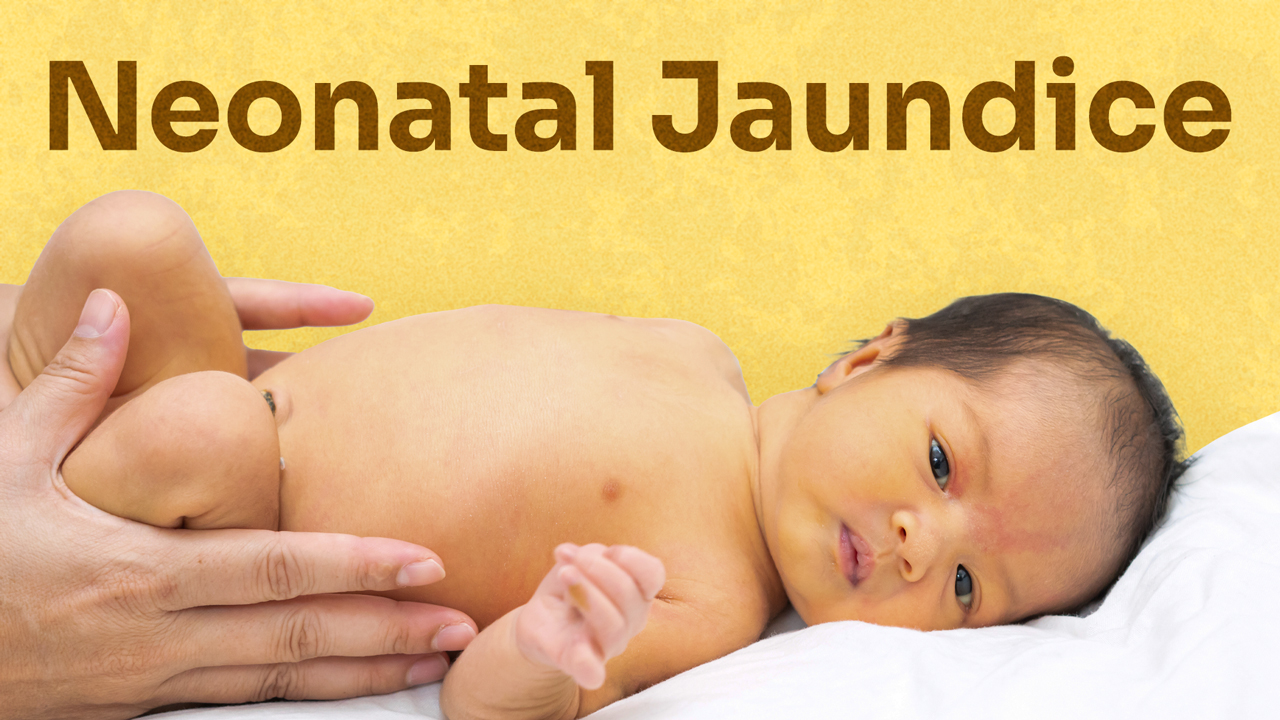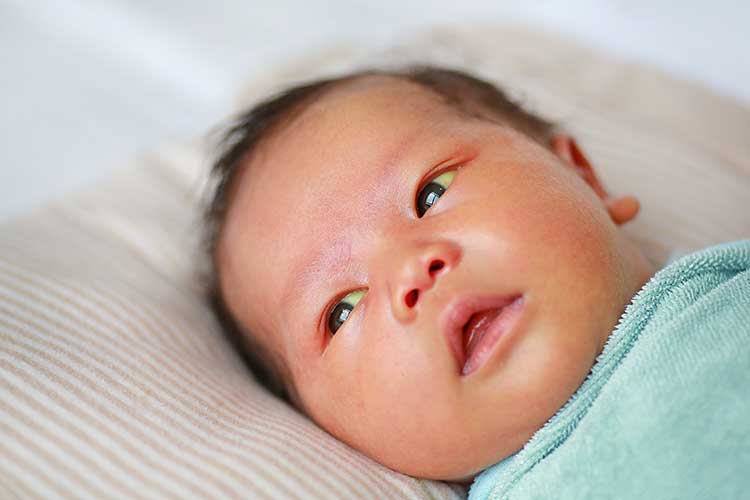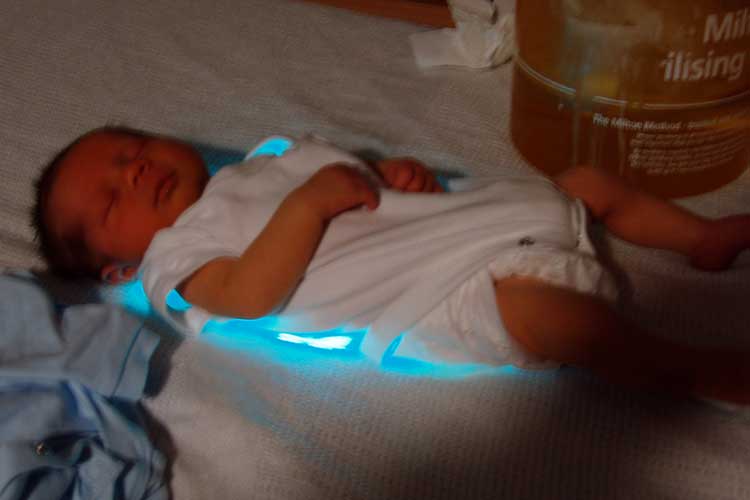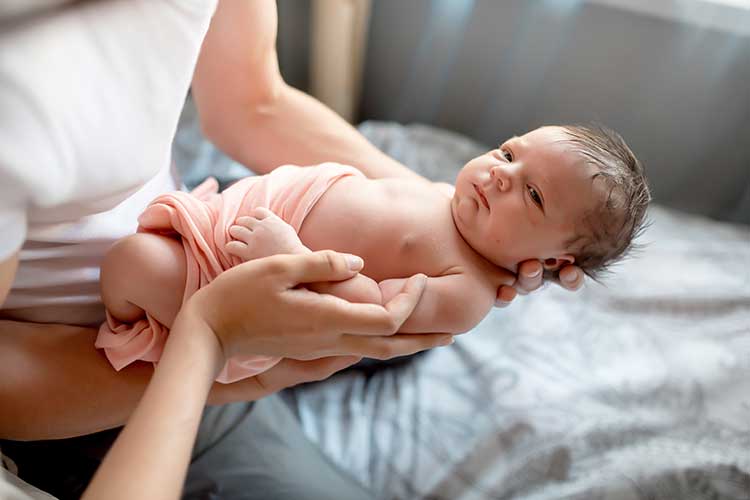Managing Neonatal Jaundice at Home
Published: 04 July 2023

Published: 04 July 2023

As long ago as 1984, experimental programs were in place to deliver home-based phototherapy to healthy newborn babies with physiological jaundice.
Bilirubin levels were found to decrease just as rapidly in the home-based group as those treated in hospital, proving that home phototherapy can be a safe and effective alternative to hospital-based treatment (Eggert et al. 1985).
Despite these encouraging results, home-based care wasn’t routinely offered. Today, however, home-based phototherapy is once again emerging as a popular option for jaundiced infants who are otherwise healthy.

Note: Criteria may vary between organisations; refer to your local policies and procedures.
The baby should:
Parents should be:
(QLD DoH 2022)
Not all cases of neonatal jaundice are suitable for home based-treatment. For example, the following criteria might preclude home treatment:
(QLD DoH 2022)
The following signs indicate a more serious case and might require emergency admission to a neonatal or paediatric unit:
(SCV 2023; RCHM 2020)
Other red flags include:
(RCHM 2020)
Today, home-based phototherapy delivered by light emitting diode (LED) phototherapy blankets is re-emerging as a popular option for home-based treatment. These blankets wrap around the baby for a prescribed length of time and allow them to be held, cuddled and fed as they normally would (NHS England 2018).
The use of these blankets helps prevent phototherapy from being interrupted during feeding and bonding (NHS England 2018).

As with many medical innovations, although the evidence supporting home phototherapy is increasing, there is still a lack of good quality research to either support or refute treatment at home (Snook 2017).
One Cochrane review compared home-based phototherapy with hospital-based phototherapy for uncomplicated jaundice in full-term newborns, yet found no studies that met the eligibility criteria and concluded that there is currently insufficient high-quality evidence to either support or refute the use of home phototherapy for uncomplicated newborn jaundice (Malwade & Jardine 2014).
Increasing pressures on limited resources often result in innovation and the search for more cost-effective ways of delivering a service. Home-based phototherapy is a good example of this.
Hospital at home services allow resources to be used in a more effective way, cutting the costs of inpatient care and improving user satisfaction (NHS England 2018). For example, home-based phototherapy can result in:
(NHS England 2018)
This is an area where ongoing research is both timely and important, and studies such as the one conducted by Evelina London (2019) are paving the way forward. In this study, babies were considered for home treatment if they had been receiving phototherapy on the postnatal ward for at least 48 hours, had stable or falling bilirubin levels and could feed well.
The parents of these babies were trained to use the biliblanket and an outreach nurse from the neonatal unit visited them daily to test the babies’ bilirubin levels.

Whilst home phototherapy treatment is not yet considered routine, it could benefit many babies, providing the right training and safety measures are in place.